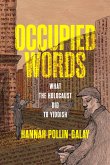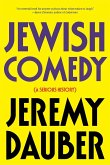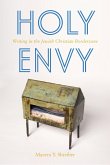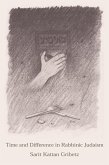A Taytsh Manifesto calls for a translational paradigm for Yiddish studies, and for the study of modern Jewish culture, that identifiesâ in Yiddish and beyondâ how cultures intertwine, how they become implicated in world systems and empire, and how they might escape such limiting and oppressive structures.
Hinweis: Dieser Artikel kann nur an eine deutsche Lieferadresse ausgeliefert werden.
Hinweis: Dieser Artikel kann nur an eine deutsche Lieferadresse ausgeliefert werden.








